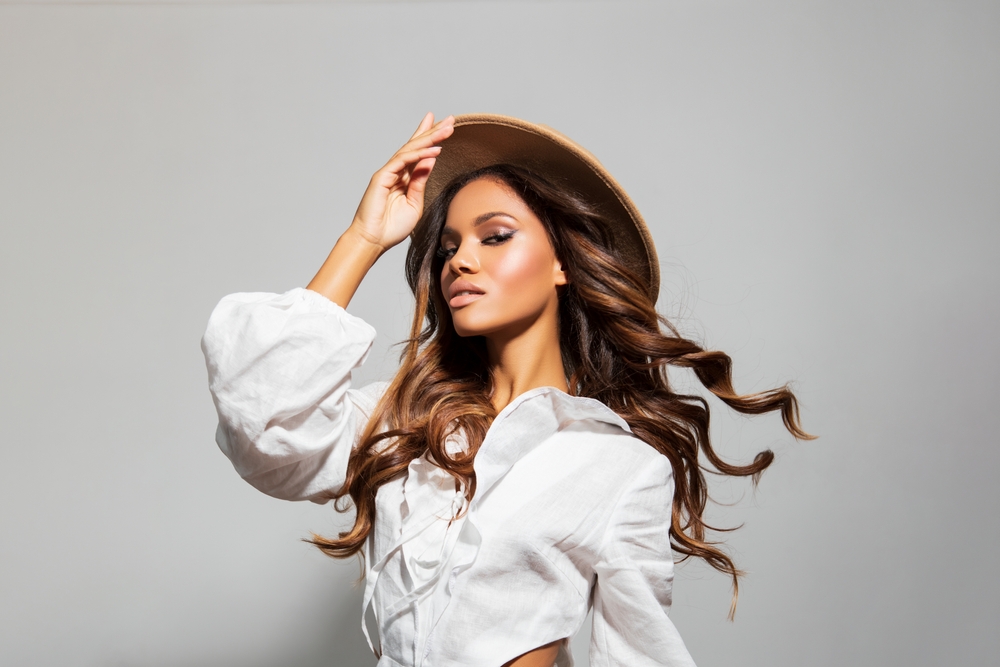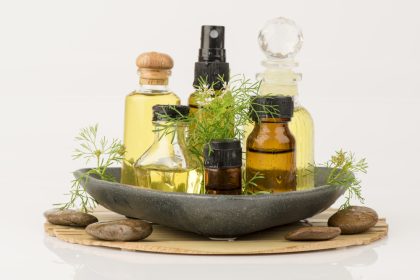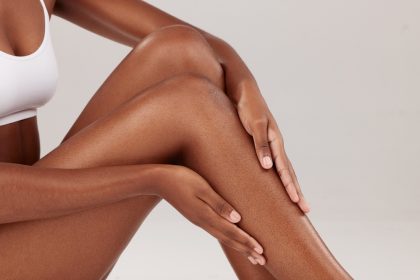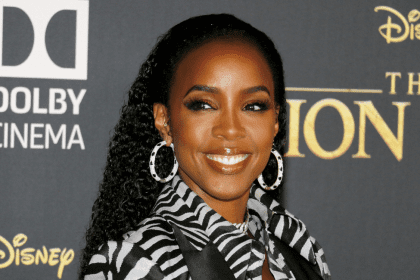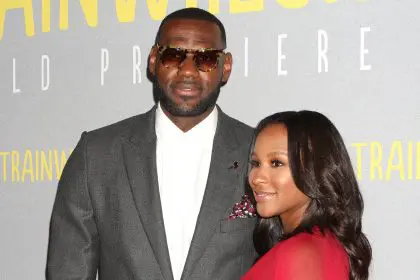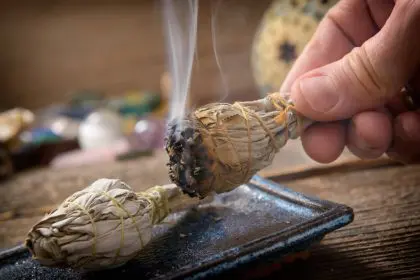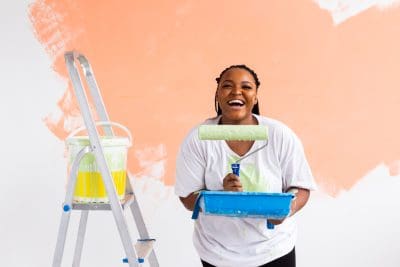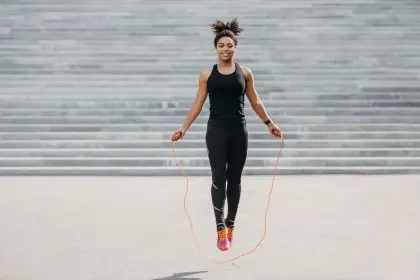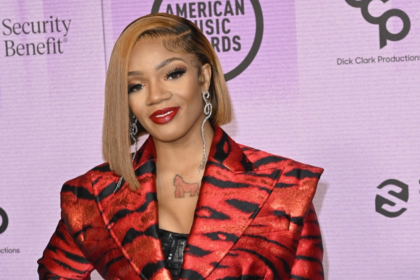Stepping into a spray tan booth, applying contouring makeup, or booking a salon appointment may seem like routine beauty habits. Yet, these rituals carry deeper meaning—an unspoken contract between women and society’s shifting ideals. What begins as self-enhancement often transforms into an endless pursuit, where perfection always remains just out of reach.
Why beauty standards continue to evolve
In every era, beauty ideals shift, molding the way women perceive themselves. The 1990s glorified bronzed skin as a symbol of affluence and desirability, cementing the idea that a certain look equates to success. But this is only one example in a long history of unattainable beauty trends. From hourglass figures to ultra-thin waists, the goalposts constantly move, creating an environment where women feel compelled to adapt—or risk being left behind.
The beauty industry, worth billions, thrives on this insecurity. It capitalizes on the notion that improvement is always possible, that there is always a flaw to fix, a feature to refine. As a result, women become both consumers and products—perfecting, altering, and adjusting to meet ever-changing expectations.
The hidden cost of beauty privilege
Studies show that conventional attractiveness influences career opportunities, social status, and even romantic prospects. Those who meet the ideal often experience privileges others do not. This reality fuels an endless investment in beauty—products, procedures, and enhancements promising a competitive edge.
Yet, the pursuit of this advantage comes with its own cost. Maintaining a certain image requires financial, emotional, and physical investments that can feel impossible to sustain. What begins as a choice soon morphs into an obligation, leaving many questioning whether beauty is truly empowering or simply another expectation placed upon women.
When beauty rituals become a burden
Beauty treatments often come wrapped in messages of empowerment and self-care. A fresh haircut, a flawless complexion, or a sculpted figure can boost confidence, creating a temporary sense of control. But beneath the surface lies a contradiction. These very rituals reinforce the standards they claim to challenge, conditioning women to believe that their worth is tied to their ability to maintain an idealized appearance.
Many find themselves in a cycle where the satisfaction from one beauty enhancement fades, leading to the next pursuit. A single spray tan may provide an instant glow, but soon another appointment is needed. The same applies to anti-aging treatments, fitness regimens, and cosmetic procedures. No matter the effort, the goal remains elusive.
Social media’s role in shaping beauty expectations
In an era where image is currency, social media amplifies beauty standards like never before. Filters, editing tools, and curated aesthetics create an illusion of effortless perfection. Women see not just celebrities but everyday influencers showcasing seemingly flawless appearances, reinforcing the notion that perfection is not just attainable but expected.
At the same time, these platforms have become spaces of resistance. Many now share the realities behind their beauty routines, exposing the time, effort, and cost required to achieve certain looks. This transparency sparks critical discussions about authenticity, self-worth, and the need to redefine what beauty truly means.
The path toward self-acceptance
Breaking free from rigid beauty standards requires a conscious shift in perspective. It means questioning the narratives that dictate what is considered attractive and recognizing that true confidence is not found in external validation.
This journey involves unlearning deeply ingrained messages, embracing individuality, and redefining beauty on personal terms. Some may still choose to engage in beauty rituals, but doing so with awareness allows for autonomy rather than obligation.
The beauty industry will continue to evolve, offering new treatments, products, and ideals. But lasting fulfillment does not come from chasing the next trend. It emerges from self-acceptance, from understanding that worth is not measured by appearance alone.

